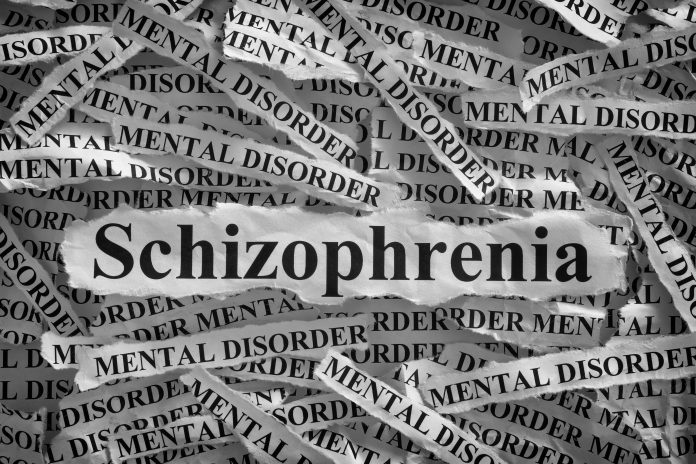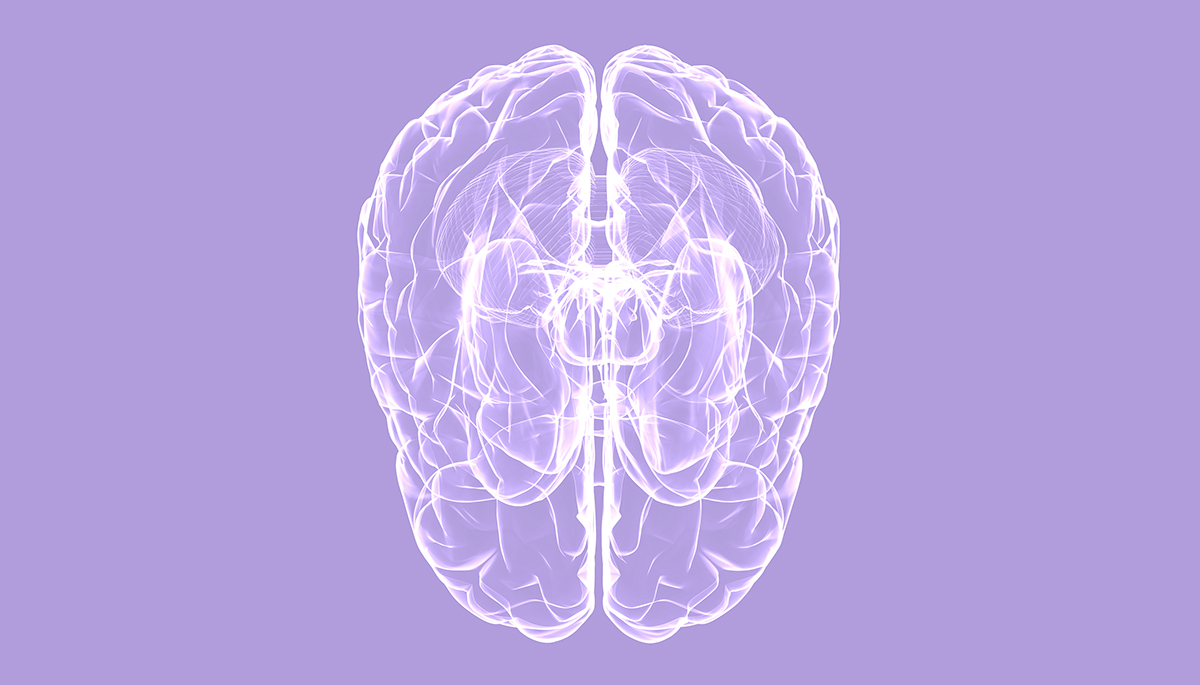Samuel Clark, CEO of Terran Biosciences, explains The Kappa Theory of Schizophrenia, focusing on the role of the kappa opioid receptor in treatment
Schizophrenia affects approximately one in every 100 people worldwide and is among the most severe mental illnesses. The currently available approved therapeutics all share a target in the dopamine type 2 receptor and have all been shown to have the same level of efficacy. The one exception, clozapine is the only antipsychotic with superior efficacy, but it also has the most severe side effect profile. Thus there is a need for new therapeutic targets such as the kappa opioid receptor.
The Kappa Opioid Receptor (KOR)
The KOR and its endogenous agonist dynorphin is an attractive new target for the development of therapeutics for schizophrenia. However, while the evidence supporting a role for dynorphin and the KOR in the symptoms of schizophrenia, stretches back 50 years, selectively targeting this receptor has largely been ignored as a therapeutic target for this illness.
A full review of the scientific evidence can be found in The Journal of Biological Psychiatry titled: The Role of Dynorphin and the Kappa Opioid Receptor in the Symptoms of Schizophrenia [1]. Thus, this brief letter will focus on documenting the history of the work behind this theory which should lead to a better understanding of why selective KOR antagonists have not been previously tested as a therapeutic target for schizophrenia.
The KOR as a target for schizophrenia is largely supported by an old literature from two related by largely separate bodies of work. To understand the kappa theory of schizophrenia, one must first understand its precursor in a much older and largely forgotten theory termed the opioid theory of schizophrenia.
Dopamine
Around the time dopamine’s role in schizophrenia was first proposed, the endogenous opioid system was discovered. After it was found that the opioid system played a role in modulating the dopamine system, researchers began to postulated a causal link, that dysregulation of the opioid system was behind the dopamine abnormalities observed in schizophrenia. The opioid theory of schizophrenia received its first clinical support when, in 1977, Gunne and colleagues reported that blocking the opioid system with the nonspecific opioid antagonist naloxone had therapeutic effect in patients with schizophrenia. We now know that there are three main opioid receptors in the brain kappa, mu, and delta. However, at the time of discovery that opioid antagonists could have therapeutic efficacy in schizophrenia, most work on the opioid system focused on the mu opioid receptor.
Gunne and colleagues’ initial finding set off a number of studies with four different kappa opioid antagonists, naloxone, naltrexone, buprenorphine, and nalmefene with many studies reporting significant improvement in the symptoms. However, it is important to note that while the researchers in these studies hypothesized that the therapeutic mechanism was through the blockade of opioid receptors, they usually did not differentiate between the different receptors. Thus at the time, these findings remained under the umbrella of the more general opioid theory of schizophrenia. In fact, potentially the only clinical trial of opioid antagonists that postulated that the therapeutic mechanism was specifically through blocking the KOR was Groves and Nutt in 1991 [2].
Opiate antagonists
Around the same time in the 1970s, a separate group of researchers were looking to develop treatments for pain with less addictive properties. It was known that current opiate treatments such as morphine exerted their pain killing effects by activating the mu opioid receptor. However, researchers soon found that compounds that selectively activated the KOR were non-addictive and effective pain killers in animal models. However, when moved to phase I trials in humans, these compounds caused hallucinations and delusions with similarities to the symptoms of schizophrenia. Although these observations did not carry over to the researchers studying opioid antagonists in schizophrenia and were not postulated as a mechanism for the more general opioid theory of schizophrenia.
These initial findings, that kappa agonists caused psychosis, were followed by an enormous amount of preclinical and clinical research directly studying the KOR. In this group there are numerous researchers who have postulated either through primary research, or reviews of the literature, that the KOR, by virtue of its ability to regulate dopamine as well as to induce powerful hallucinations and delusions (3), may play a role in the symptoms of schizophrenia.
However, with the one exception of Groves and Nutt, these links hypothesized between the KOR to schizophrenia were largely separate from the large but separate body of literature involving the opiate antagonist trials. Importantly, since kappa was not postulated as the specific therapeutic mechanism by which opiate antagonists improved the symptoms of schizophrenia these trials were generally not used as evidence supporting the need to target the KOR directly. Over time, the opioid theory of schizophrenia was largely forgotten, until 2015 when Tatari and colleagues published positive results from a moderately sized clinical trial of naltrexone in patients with schizophrenia (4).
In conclusion, there is a rich history supporting dynorphin and the kappa opioid receptor as a promising new target for schizophrenia. The older opioid theory of schizophrenia has now been merged into the large body of primary literature supporting the potential role of dynorphin and the kappa opioid receptor in the symptoms of schizophrenia. However, more work is needed to resolve whether the primary mechanism by which opiate antagonists improve the symptoms of schizophrenia is through their ability to block the KOR, and whether selective KOR antagonists will have additional therapeutic effect.
References
1). Clark, S. D., & Abi-Dargham, A. (2019). Dynorphin and the Kappa Opioid Receptor’s Role in the Symptomatology of Schizophrenia: A Review of the Evidence. Biological psychiatry.
2). Groves, S., & Nutt, D. J. (1991). Buprenorphine and schizophrenia. Human Psychopharmacology: Clinical and Experimental.
3). Roth, B. L., Baner, K., Westkaemper, R., Siebert, D., Rice, K. C., Steinberg, S., … & Rothman, R. B. (2002). Salvinorin A: a potent naturally occurring nonnitrogenous κ opioid selective agonist. Proceedings of the National academy of sciences, 99(18), 11934-11939.
4). Rezaei, M., Abdoli, N., & Mahboubi, M. (2015). Naltrexone Augmentation of Risperidone in Treatment of Schizophrenia Symptoms.
Please note: This is a commercial profile












